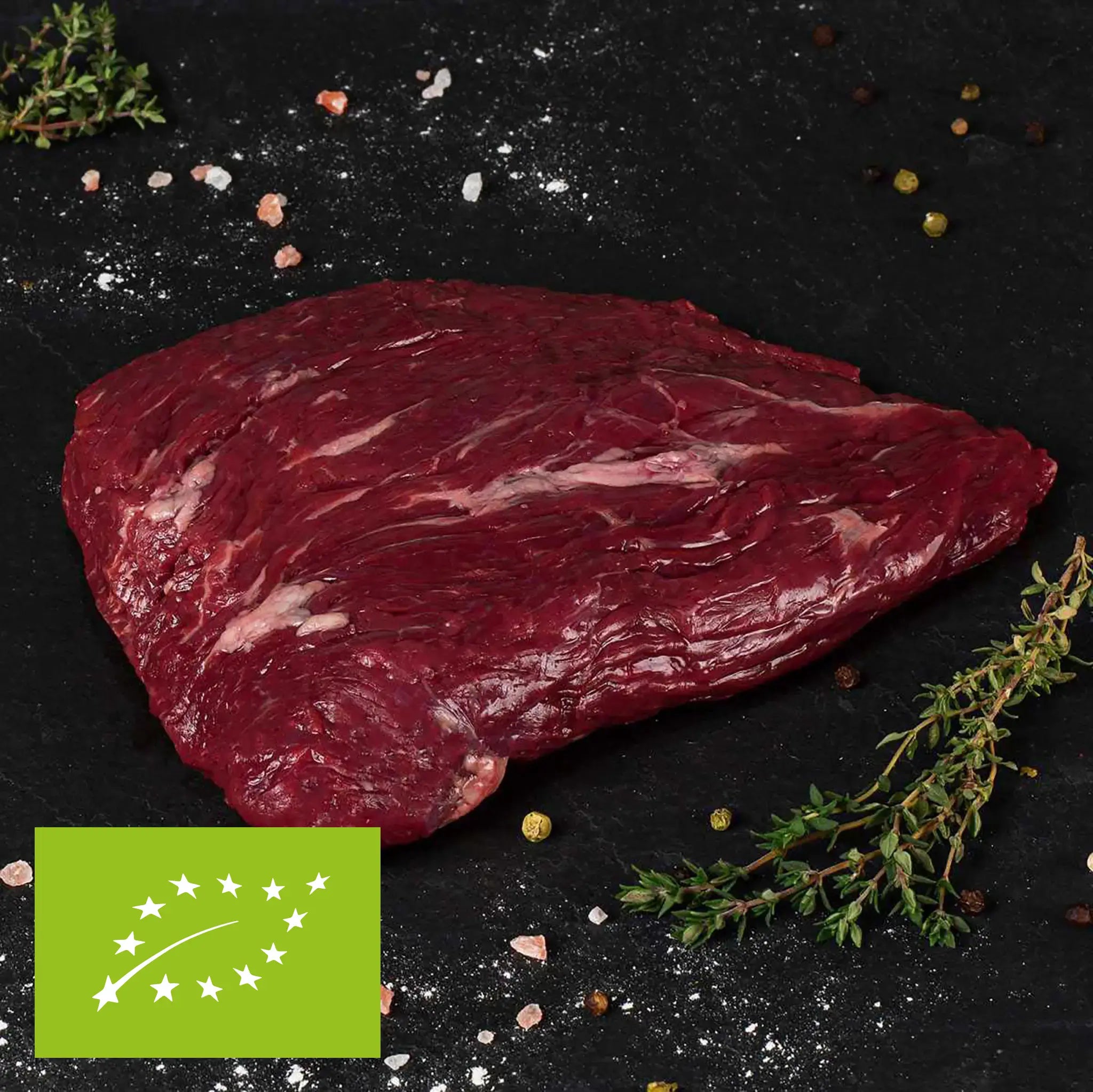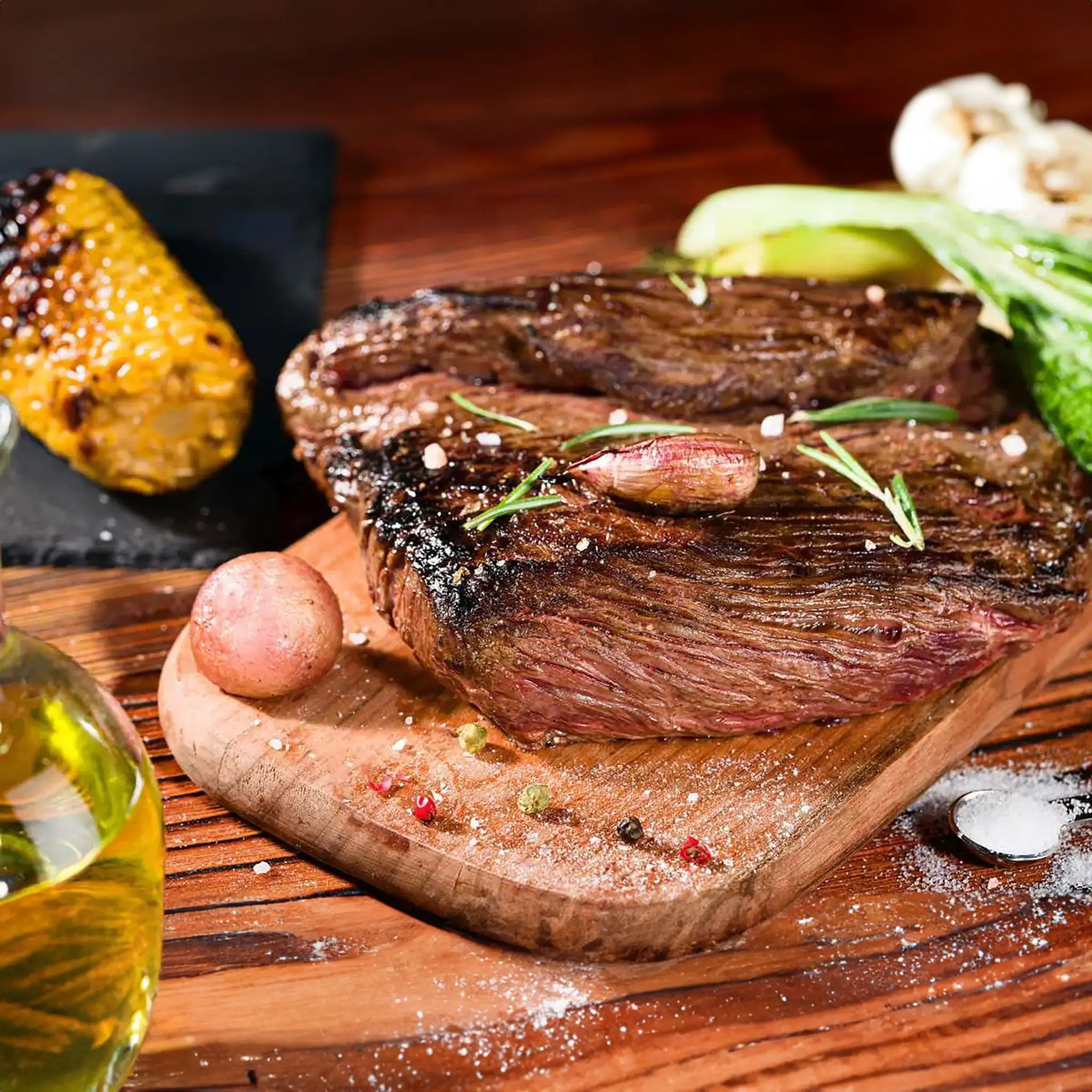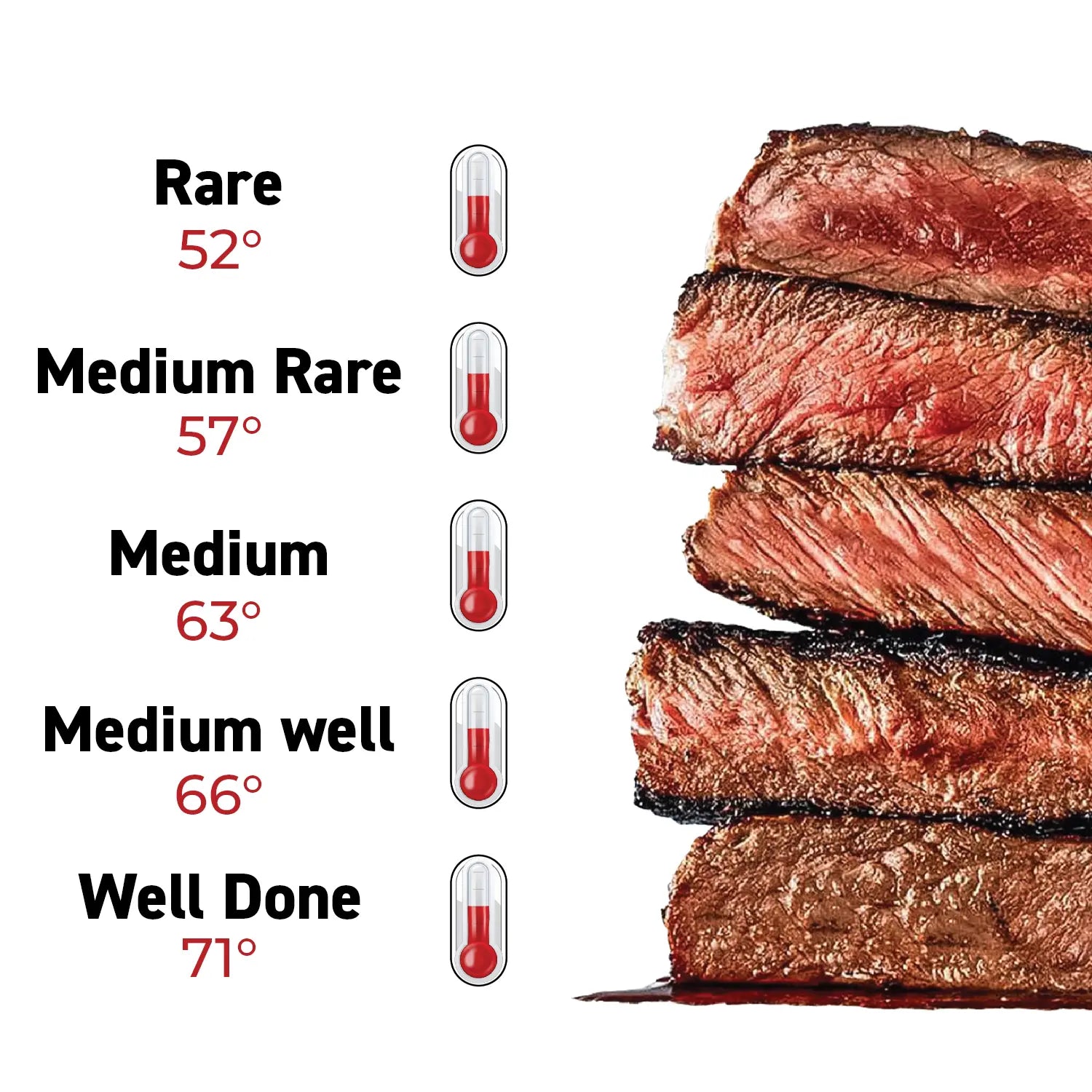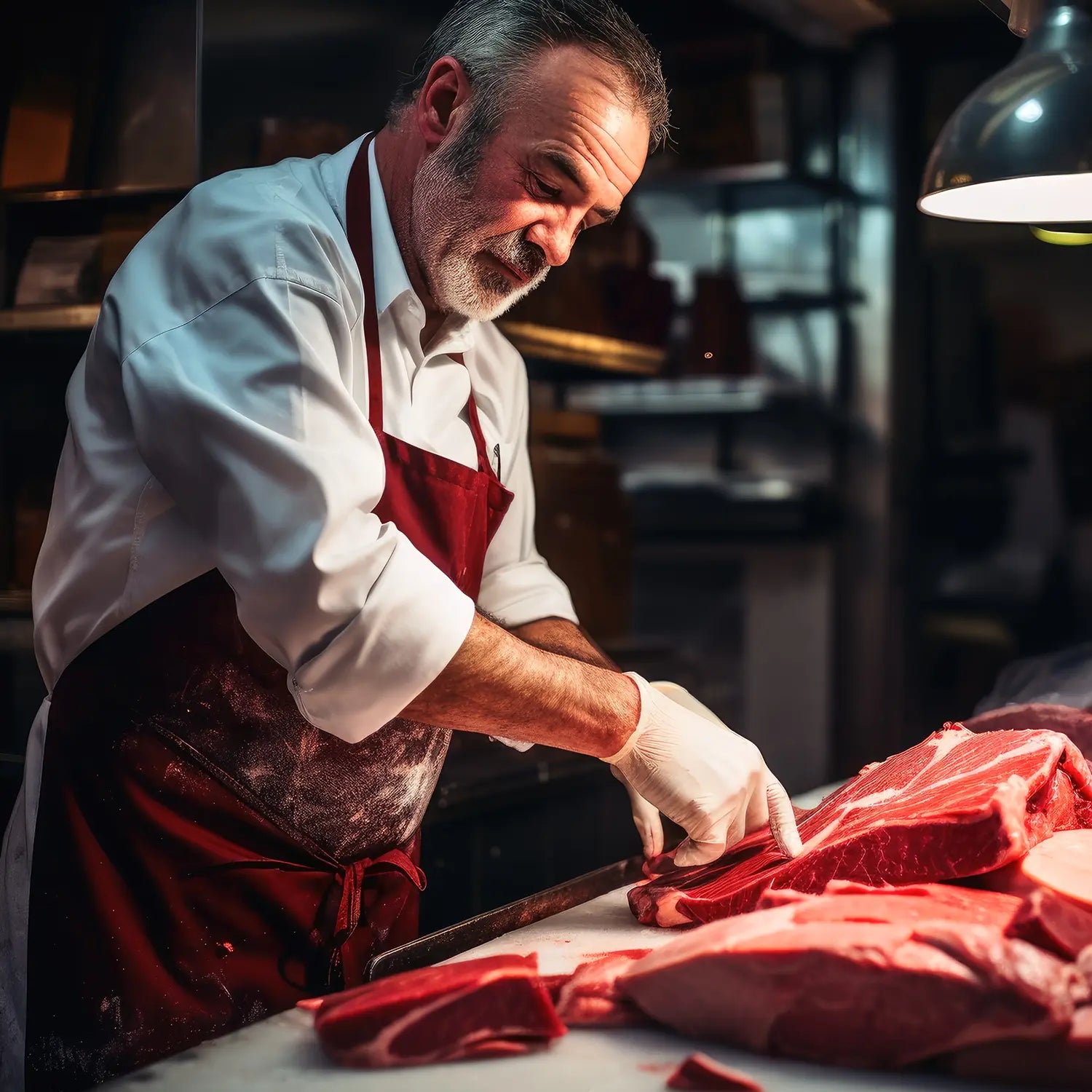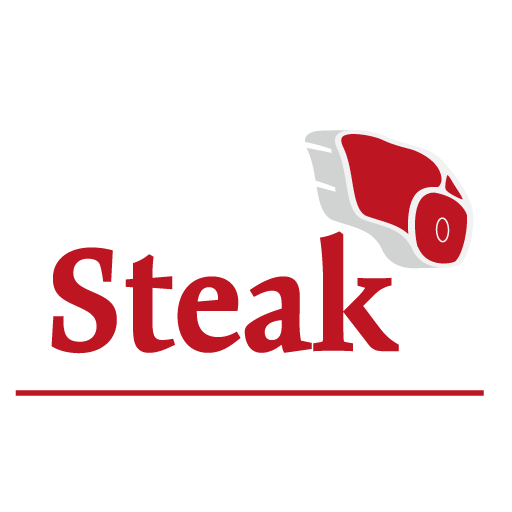Flank steak – long flavor with bite
Versatile and easy to prepare - For several years now, the flank steak is conquering German kitchens and grills and has already achieved some popularity here. In South America and the USA, however, the flank steak as a classic and is not only served as a simple steak, but also prepared in many variants .
Cutting
The flank steak comes from the “meaty area” of the thinning, i.e. from the belly flap of the cow. It contains a high proportion of connective tissue, as this area of the animal is subjected to great pressure/weight. For the same reason, this cut of meat is made of very long fibers. Both together provide the necessary firmness of the abdomen.
The high proportion of connective tissue and the long fibers of this meat contributed significantly to the fact that it was previously used more as soup meat or in the sausage. After appropriate maturation and preparation however, flank steak is one of the best and most versatile cuts of all.
Dry-aging flank steak
Basically, beef always needs a maturation period to lose its toughness, which it has fresh after slaughter. Longer maturation leads to more tender meat, whereby it is assumed that after three weeks the meat will no longer become more tender, but only then will develop a mature taste. Furthermore, it should be noted that meat from heifers (a cow that has not yet calved) or oxen is generally delicate and marbled than, for example, bulls or steers.
Conclusion:
The flank steak is undoubtedly one of the most popular steak cuts and impresses with a intense beef flavor and a firm bite. This combination makes it the ideal accompaniment to fruity dishes, but also goes perfectly with traditional pasta or Hasselback potatoes. Sliced into slices, it also makes a delicious filling for a wrap with a suitable salad.
Since this special cut goes well with both a can of beer and a glass of champagne, but for beef lovers, a flank is always a safe bet.
Organic control body: DE-ÖKO-003
Best before: 6 months at -18 degrees
Allergens: None
Origin / Slaughtering / Cutting / Packaging
DE / DE / DE / DE
The preparation
Flank steak is prepared in much the same way as any other steak. You can sear it in a cast iron or iron pan with a little butter and olive oil at high heat, then cook it in the oven at low heat until it reaches the desired internal temperature.
Preparation on the grill
Grill the flank steak directly over the heat and then let it simmer in the indirect area until the desired core temperature is reached
Flank steak sous vide
At 55 degrees water temperature cook Sous Vide for one hour per kg. Then sear briefly on all sides. To do this, add a little olive oil and a fresh sprig of thyme to the foil, along with some salt and pepper.
Reverse cooking flank steak
However, with the so-called “reverse cooking” method – which includes SousVide preparation – you can usually achieve thejuicier results. For this purpose, the meat can also be cooked in the oven at low heat (around 100 degrees) until the desired core temperature is reached and then seared in a pan.
Asa typical BBQ cut, it can also be prepared excellently on the grill in direct and indirect areas. We recommend a core temperature between 55 and 57 degrees, but if possible not above 60 degrees, although this information is always a matter of taste.
Preparation in the pan
Fry the steak without seasoning well on all sides in butter and rosemary
Preparation in the oven
Take the flank steak out of the refrigerator one hour before cooking so that it can reach room temperature. Then let it steep at about 120 degrees. Do not let the core temperature exceed 60 degrees, otherwise it will be too dry.
